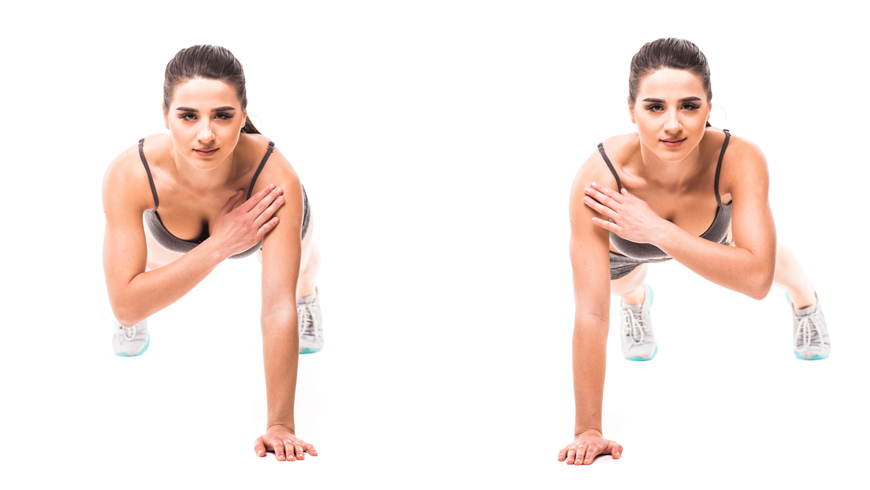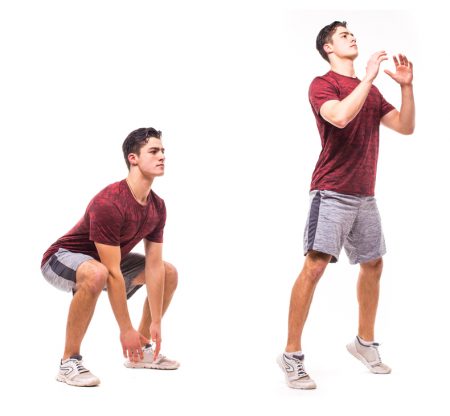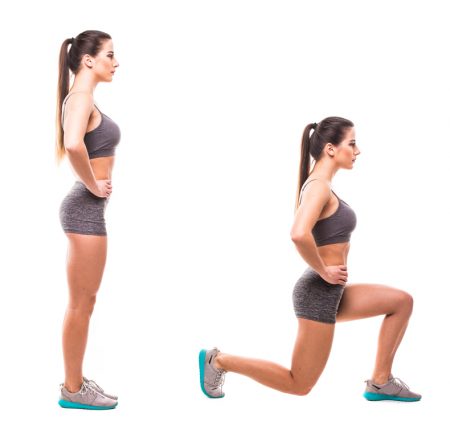Whether you choose classic cross-country, skate, or alpine skiing, it’s hard to deny that ski season is quite possibly the best time of the year here in the Valley. In fact, for skiers and boarders alike, it’s not just the natural beauty that makes winter full of blissful moments; it’s the activities that get your blood pumping through both exertion and adrenaline. And to get the most out of winter on the hill, preparing your body for the unique movements it’s about to undergo is the ultimate game changer. Practicing the same fitness regimen you stick to in the spring and summer may not cut it.
The key to getting ready is tackling the instability that comes with the snowy territory. To do so, you’ll want to practice moves that fire up small stabilizing muscles around the joint to increase the body’s familiarity and comfort with imbalance. This helps stave off injuries, particularly those around the knee, which are the most common ski-related injuries. With that in mind, begin by focusing on core work and leg strength.
In order to determine the best conditioning exercises for snow sports season, we looked to Yvette Hubbard, fitness director at Zenergy, a Ketchum health club and spa with specialty training programs to prepare clients for ski season.
LEGS
CORE STABILITY & STRENGTH
LOWER BODY STRENGTH & STABILITY
(LEGS + CORE)




